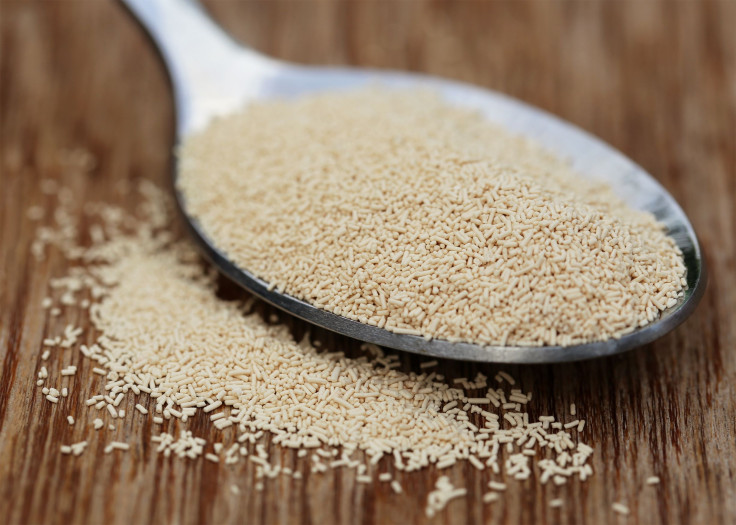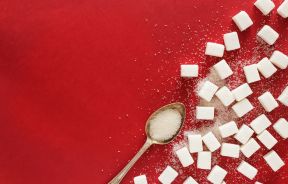Genetically Engineered Baker's Yeast Can Now Produce Opioid Painkillers; Is Opioid Abuse A Concern?

It’s likely one of the greatest accomplishments in bioengineering this year — and one of the most controversial.
This Thursday, researchers from Stanford University published in Science the results of their successful attempt to breed yeast capable of producing two of the most common opioids in use today, thebaine and hydrocodone.
It’s a “proof-of-principle” experiment that could someday lead to the commercial production of essential painkillers from a much more portable source than the poppy plants we’re currently reliant on and may even lead to the creation of less addictive opioids. It’s also an experiment that has many wondering if an opioid-brewery could get into the wrong hands and only further fuel the illegal drug trade.
The researchers, building on previous work, spliced more than twenty genes derived from bacteria, rats and plants — including three different species of poppy — onto their unique yeast, which allowed it to turn sugar into the two opioid compounds. While the semi-synthetic hydrocodone is widely utilized as a medication for moderate to severe pain (the drug Vicodin being a combination of it with acetaminophen), thebaine is a precursor opioid normally curated from the Iranian poppy that can be further converted into many other commercially-used painkillers like Oxycodone (often known by its brand name Oxycontin). For hydrocodone, it took 23 added genes, whereas for thebaine it was 21.
"When we started work a decade ago, many experts thought it would be impossible to engineer yeast to replace the entire farm-to-factory process," said senior author Christina Smolke, an associate professor of bioengineering at Stanford, in a statement . "This is only the beginning. The techniques we developed and demonstrate for opioid pain relievers can be adapted to produce many plant-derived compounds to fight cancers, infectious diseases and chronic conditions such as high blood pressure and arthritis."
Though the amount of opioid produced by their yeast was laughingly small, Smolke and others’ research has left some scientists concerned about its grander implications in the near-future.
“Yeast-based production of opiates could provide an alternative system for current criminal networks, particularly in North America and Europe, where the drugs are in high demand,” wrote a Nature article earlier this May authored by biotechnology and public health experts Kenneth A. Oye, J. Chappell H. Lawson, and Tania Bubela. “Because yeast is easy to conceal, grow and transport, criminal syndicates and law-enforcement agencies would have difficulty controlling the distribution of an opiate-producing yeast strain.”
At the time, the three offered a series of recommendations that could head off any potential misuse of the emergent technology: from creating opioid-producing yeast strains that can only grow in highly specific conditions to upping the security of potential yeast factories. Another named recommendation, creating opioids with less addictive potential like thebaine, seems to be preemptively heeded by the Standard group.
"We want there to be an open deliberative process to bring researchers and policymakers together," Smolke acknowledged in her discussion of the risks surrounding bioengineered opioids. "We need options to help ensure that the bio-based production of medicinal compounds is developed in the most responsible way."
As to the question of whether someone today could somehow swipe the yeast created by Smolke and her colleagues, grow it in their basement, and become the Walter White of fungi, the answer is a double-heaping of no.
Several of the Stanford researchers involved in the original study decided to test out that possibility for themselves, home-brewing their thebaine yeast in a trial run against conventional ale-producing yeast.
"We observed no production of thebaine and miniscule amounts of reticuline, an upstream biosynthetic intermediate, in home-brew fermentations," they concluded in a preliminary report of their results also made available today on bioRxiv . "We suggest that additional technical challenges, some of which are unknown and likely unrelated to optimized production in large-volume bioreactors, would need to be addressed for engineered yeast to ever realize home-brew biosynthesis of medicinal opiates at meaningful yields."
The experiment wasn't a total waste though — their ale-control was "palatable".
Source: Galanie S, Thodey K, Trenchard I, et al. Complete biosynthesis of opioids in yeast. Science . 2015



























